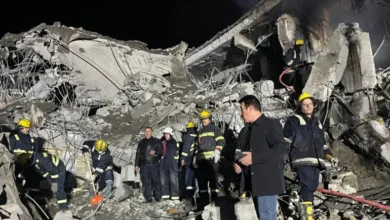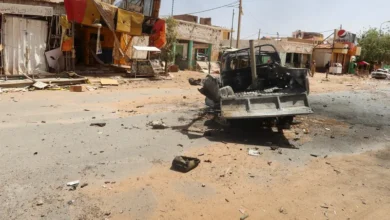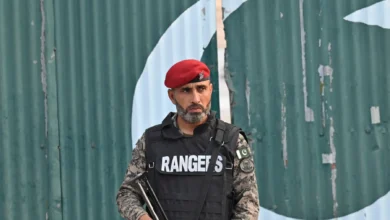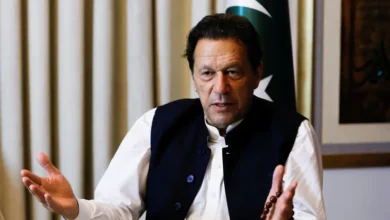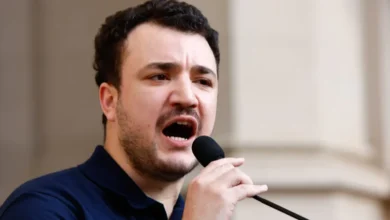Madrid celebrates its Muslim past in Spain’s new museum
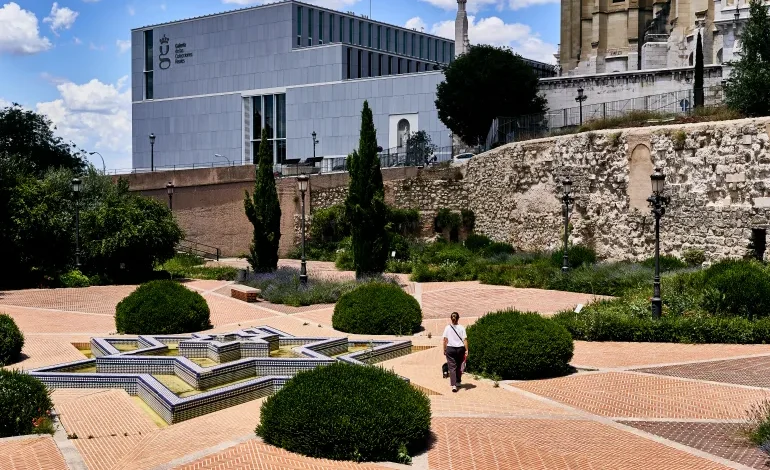
A crucial part of Madrid’s Islamic heritage goes on display for the first time towards the end of this month as a new museum opens its doors to the public in the Spanish capital.
One of the star attractions of the Galeria de Colecciones Reales is part of Madrid’s original Umayyad fortified wall.
While the discovery of this medieval wall is not new, the language used to promote the exhibit signals that after years of vacillating, Spain’s capital is finally prepared to embrace its Muslim past.
Drawing from the latest archaeological evidence, the museum endorses the narrative – long widely accepted in academic circles – that Emir Muhammad I of Córdoba founded Madrid in the ninth century.
“Madrid is the only European capital with Islamic origins,” said Álvaro Soler, the archaeologist and curator responsible for the exhibit.
Soler added that this fact has long been an inconvenient truth: “When Felipe II decided to establish the capital in Madrid [in 1561], he was embroiled in religious wars against the Turks. He found himself facing the paradox that he was going to put the capital in a Muslim city. And that’s how the whole process of manipulating the city’s history began.”While the discovery of this medieval wall is not new, the language used to promote the exhibit signals that after years of vacillating, Spain’s capital is finally prepared to embrace its Muslim past.
Drawing from the latest archaeological evidence, the museum endorses the narrative – long widely accepted in academic circles – that Emir Muhammad I of Córdoba founded Madrid in the ninth century.
“Madrid is the only European capital with Islamic origins,” said Álvaro Soler, the archaeologist and curator responsible for the exhibit.
Soler added that this fact has long been an inconvenient truth: “When Felipe II decided to establish the capital in Madrid [in 1561], he was embroiled in religious wars against the Turks. He found himself facing the paradox that he was going to put the capital in a Muslim city. And that’s how the whole process of manipulating the city’s history began.”The museum was built on the site of the original fortified wall right by Madrid’s Royal Palace, which itself sits on top of what was once the city’s alcázar (castle).
Right in the heart of the city, the area is rich with archaeological remains.
During the construction of the building in 1999, the wall and three towers were discovered along with the remains of a gate.Visigoth skeleton
Nonetheless, Spain’s press was particularly fascinated by “Valentín”, an eighth-century skeleton found on the site in 2009.
In February 2011, chief archaeologist Esther Andréu explained to El País newspaper that this individual was probably a wandering Visigoth shepherd.
